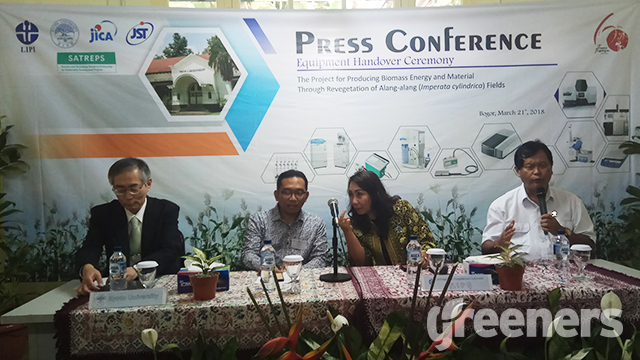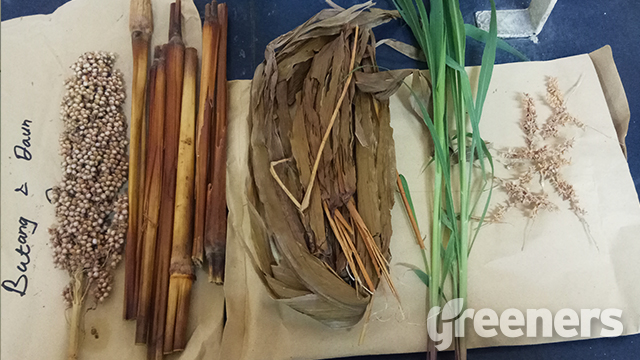Jakarta (Greeners) – Indonesian Institute for Sciences (LIPI) collaborating with Japan launched Science and Technology Research Partnership for Sustainable Development, or SATREPS, to develop sorghum as biomass alternative energy to replace depleting oil as fuel, said a senior researcher in Bogor, on Wednesday (21/3).
I Made Sudiana, lead researcher of Biology Center, LIPI, said 20 million hectares of marginal lands, mostly shrubs, were not managed, leading to the institute working with Kyoto University to develop sorghum as biomass energy as the plant can grow in dry marginal lands.
“One and possible way is to use or plant sorghum as it grow fast, resist to dry weather, and can grow in critical lands. Sorghum can also be used for other uses such as food, health, building material, and bio-pellet for its high energy source with 20 to 30 percent of linen,” said Sudiana in a press conference.
READ ALSO: Indonesian Scientists Develop Bioethanol from Palm Oil Waste
Furthermore, sorghum development can restore food diversity and culture as the staple of East Nusa Tenggara. Currently, sorghum has been less being planted by local people and are hard to find.
“For biomass, sorghum is extracted similar to sugar cane. I have found one cooperation in East Nusa Tenggara that can make bio-ethanol based on sorghum, make it as alcohol and distributes it to pharmacies. Next, the wastes from extraction can be changed into bio-material,” said Arief Noor, Food Nutrition Researcher of LIPI.
Furthermore, Sudiana said that sorghum to be developed as biomass would need long time as first phase will only be finalized in 2021, meanwhile LIPI had already developed the research since 2010 and only in 2018 can be developed into the technology. In addition, the project is expected to produce sustainable rectification model.
READ ALSO: Land Use Change Threatens Fisheries and Agriculture
Head of Botanical Garden – Plant Conservation Center Didik Widyatmoko, said the SATREPS project comprised capacity building for researchers, training, conferences in Indonesia and Japan, research studies availability, lab equipment loans from Japanese government o Indonesia’s institution under JICA funding scheme.
“Other aim for SATREPS is to revitalize Treub lab, established in May 30, 186 and manages to produce significant findings for botany science,” said Widyatmoko.
Furthermore, he said that 53 lab equipment has been donated for SATREPS by 2018 to LIPI. The equipment including PCR machine, Photosynthetic Ratemeter, Atomic Absorption Spectrometer, Microplate Reader, and Hydraulic Compression Molding Machine have been installed in labs in LIPI, especially Deputy of Life Sciences.
Reports by Dewi Purningsih




















































